Are Leica cameras worth their price tags?

Leica hit the headlines this week with the launch of its new Leica M11, a camera that's quite possibly its best rangefinder yet – and also one of its most expensive. With a hefty body-only price of $8,995 / £7,500 / AU$13,500, it's sparked the age-old debate – can Leica cameras ever justify their price tags, or are they now simply luxury status symbols?
Leica cameras are expensive by any measure, but they’re also renowned for their exquisite design, exceptional build quality, superb image quality and unique shooting experience. Over the years, I’ve used and reviewed many Leica cameras from the M, SL and Q series, and have thoroughly enjoyed using them. But would I buy one? That's a tough, and surprisingly complex, question to answer.

I love shooting with Leica cameras because they’re beautiful in every way. But I don’t own one myself and, right now, have no intention of buying one. I mainly shoot with Sony full-frame mirrorless cameras because of their versatility and the wide range of quality optics they offer. And that all comes long before even thinking about high prices Leica cameras and lenses command.
But that doesn't mean that Leica cameras can never justify their price tags for other photographers. After all, if that was the case, the company could never develop and launch cameras like the M11. Like most of Leica's lineup, the M11 is a niche camera with a very distinct character – and it's this, alongside other factors like their longevity and price appreciation, that are important factors to discuss when considering whether or not Leica's pricing is genuinely excessive.
How expensive are Leica cameras, though? Given its range was given a small price hike back in April 2021, it's time for a quick temperature check on the red dot tax...
How much?
Leaving aside the D-Lux range, which are made in collaboration with Panasonic, Leica's cameras are certainly among the priciest of their kind.
At the lower end, they start with the Leica TL2 ($2,595 / £1,720 / AU$2,900), but quickly move through the savings-shredding gears with the full-frame, fixed lens Leica Q2 compact ($5,700 / £4,500 /AU$8,500). Then there’s the Leica SL2, which is more like a standard full-frame mirrorless camera, but still costs $7,000 / £5,500 / AU$10,300.
Sign up for breaking news, reviews, opinion, top tech deals, and more.
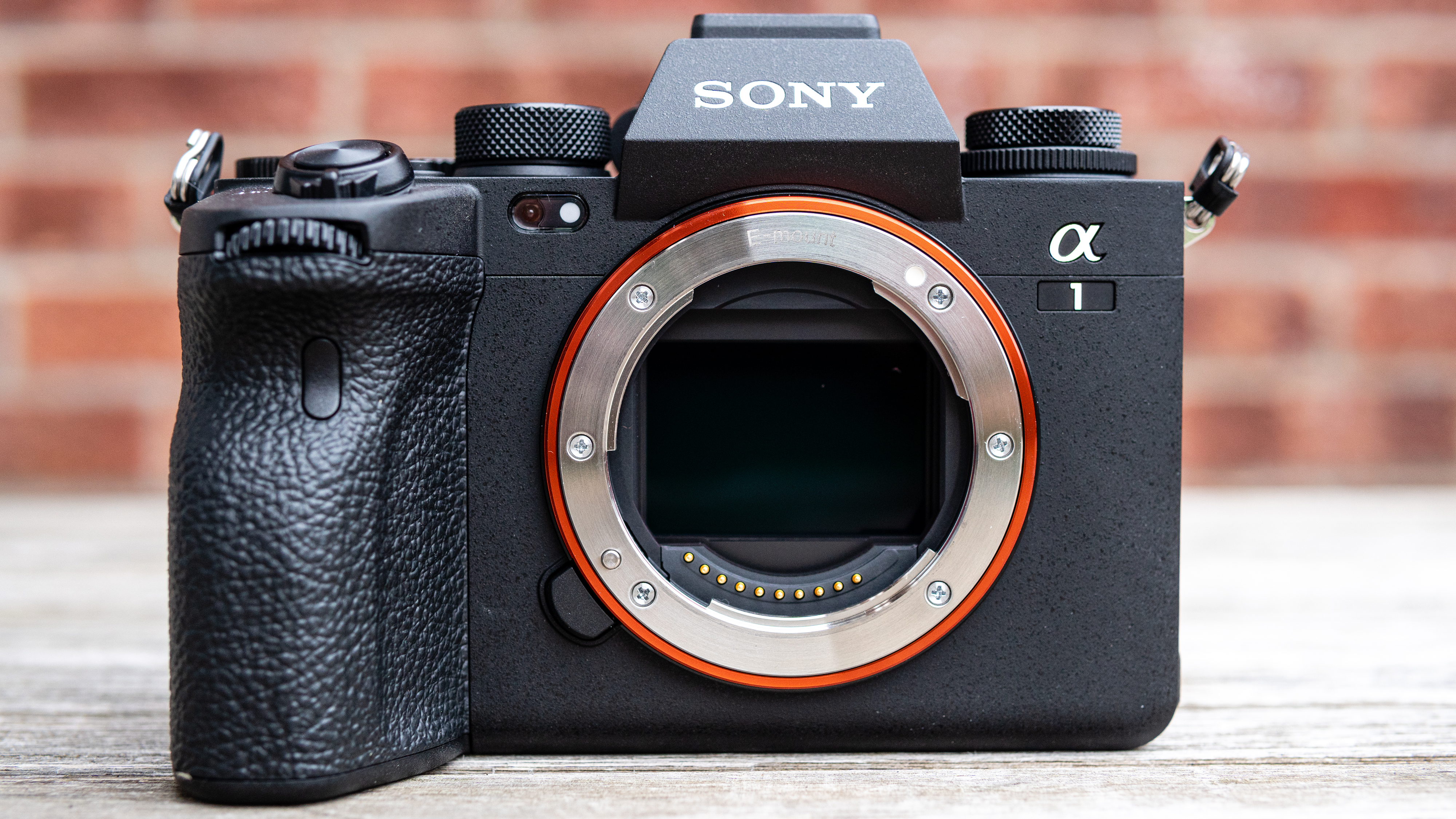
Perhaps a more revealing comparison, though, is between the Leica M11 ($8,995 / £7,500 / AU$13,500) and Sony A7R IV ($3,500 / £3,200 / AU$4,670), two cameras which quite possibly use the same 61MP sensor. They're very different prospects in other ways, but the scale of the price difference shows the impact of that famous red dot. Even the Sony A1, which on paper blows the M11 out of the water, is cheaper than Leica's new camera at $6,500 / £6,500 / AU$9,000.
With special-edition M-series cameras frequently pushing into five-figure territory, it's clear there's still very much a Leica premium. But can it be justified? That depends on a few different factors, starting with design and build quality.
Less is more
Leica cameras are handmade in Germany with top plates that are often made from a single piece of machined aluminum or brass, with a brass baseplate. The craftsmanship and attention to detail are still second-to-none, and they’re quite simply built like tanks.
M-series cameras are also so small, quiet and unobtrusive that they’ve become a firm favorite of professional street, reportage, fashion and portrait photographers for more than 70 years. This is a group for whom cost isn’t a deciding factor, but the shooting style and image quality on offer are still of the utmost importance.
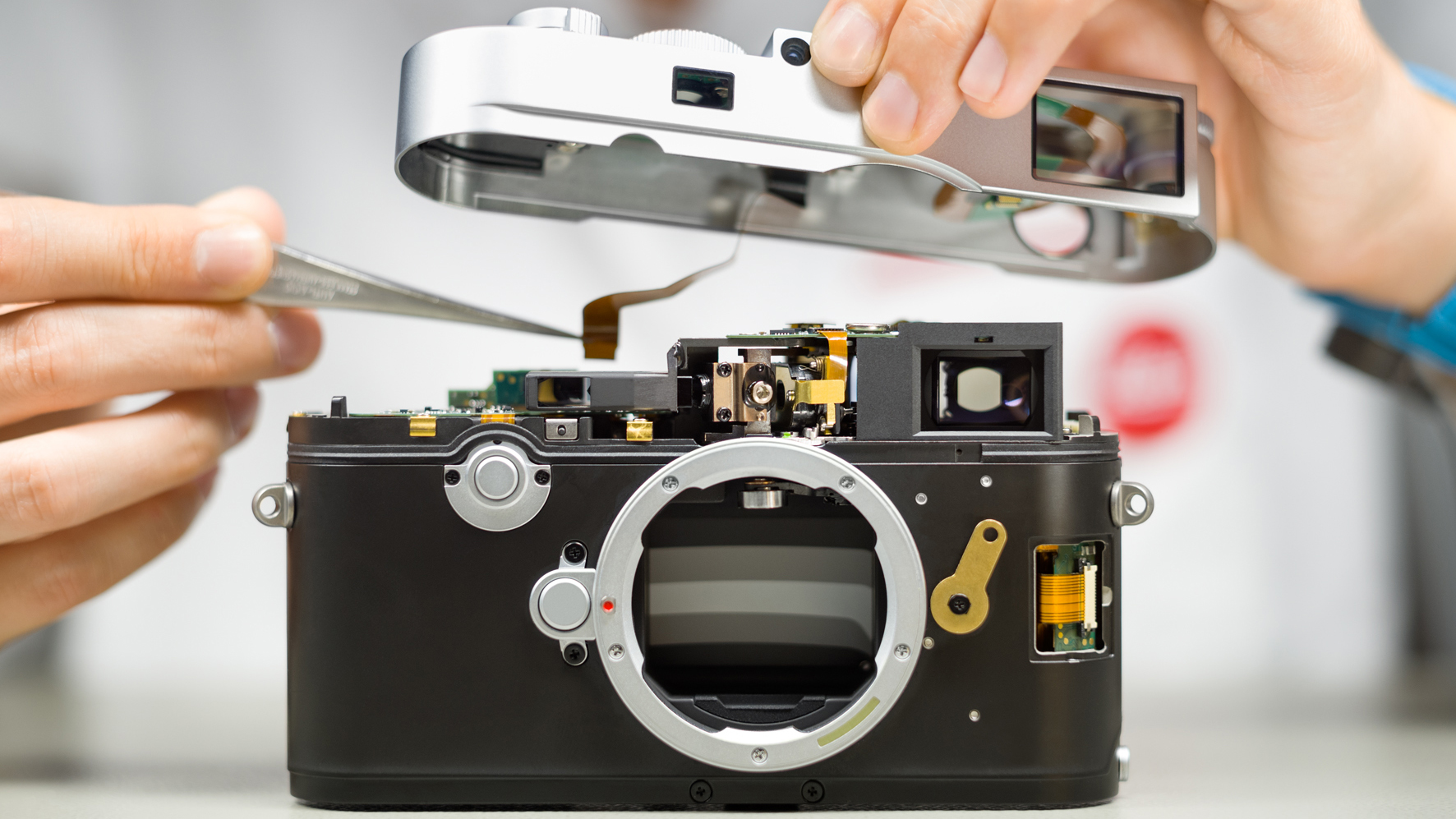
The signature shooting experience of most Leica cameras focuses on the fundamentals of exposure – ISO, aperture and shutter speed. These are the three most important controls on every camera, and with Leica M models you have direct access to these, with other settings neatly hidden away in a brilliantly-designed camera menu. This means there are just a few buttons on the back of the camera alongside a D-pad.
Not only does this design simplicity look amazing, it also allows photographers to focus purely on the settings that matter with nothing else getting in the way. This overturns conventional camera wisdom, which usually states that the more complex the camera is, the higher its price tag. But minimalism like this requires the clever design of both the camera and user interface. And like Bang & Olufsen's speakers, this simplicity is something that many are willing to pay for – particularly when their camera pays their bills.
Do Leicas take better photos?
Very few, if any, professional cameras these days are objectively ‘better’ at taking photos than their rivals. Typically, professionals buy a camera for its features, size, weight, control layout and, to some degree, sensor size and resolution – all with the intention that the camera fits their style of photography and way of shooting.
Cameras like the Leica M11 offer a unique hands-on experience and discreet shooting in a small and lightweight package. Full-frame mirrorless cameras can be extremely small, and Leica has capitalized on this by maintaining its traditional Leica M design aesthetic, alongside tiny manual focus lenses that offer excellent image quality.
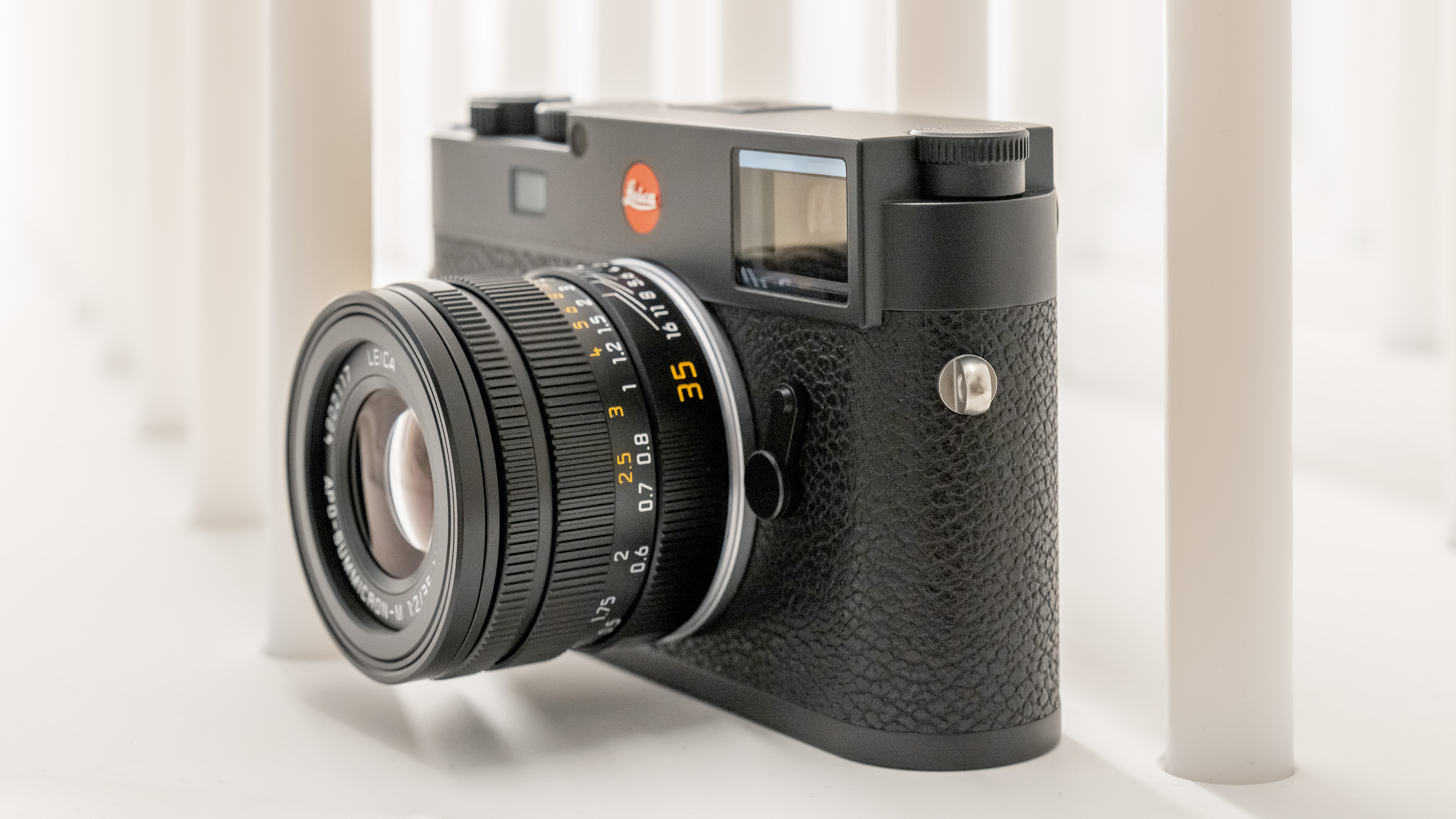
Autofocus is amazing these days, thanks to incredible speed and features such as Eye AF, but if Leica M series cameras offered autofocus and features like image stabilization, the size and weight of M bodies and lenses would need to drastically increase. Not only would this completely detract from what Leica M series cameras are all about, but it would also inevitably drive the cost even higher.
The refined shooting experience offered by Leica M cameras is about as close to traditional film shooting as you can get with a digital camera. But rather than being a step backwards, it’s more about maintaining a shooting style as much loved as it is unique. And although there’s no video shooting available with the M11, it’s all about the ‘pure’ photographic experience – a true photographers’ camera.
Appreciation society
Another factor in the 'value' debate what happens to a camera's price after you've bought it. There aren’t many cameras made these days that can become more valuable over time. Like fine wines, Leica cameras aren’t manufactured in huge numbers like Canon, Fujifilm, Nikon, Olympus or Sony models, so there’s an inherent scarcity and exclusivity in each model.
And then there are the limited edition models that are not only collectable, but can increase in value, making them as much an investment as a great photographic tool. The limited-edition Leica M10-P Edition 'Safari' camera, for instance, was released in 2015 and limited to just 1,500 units.
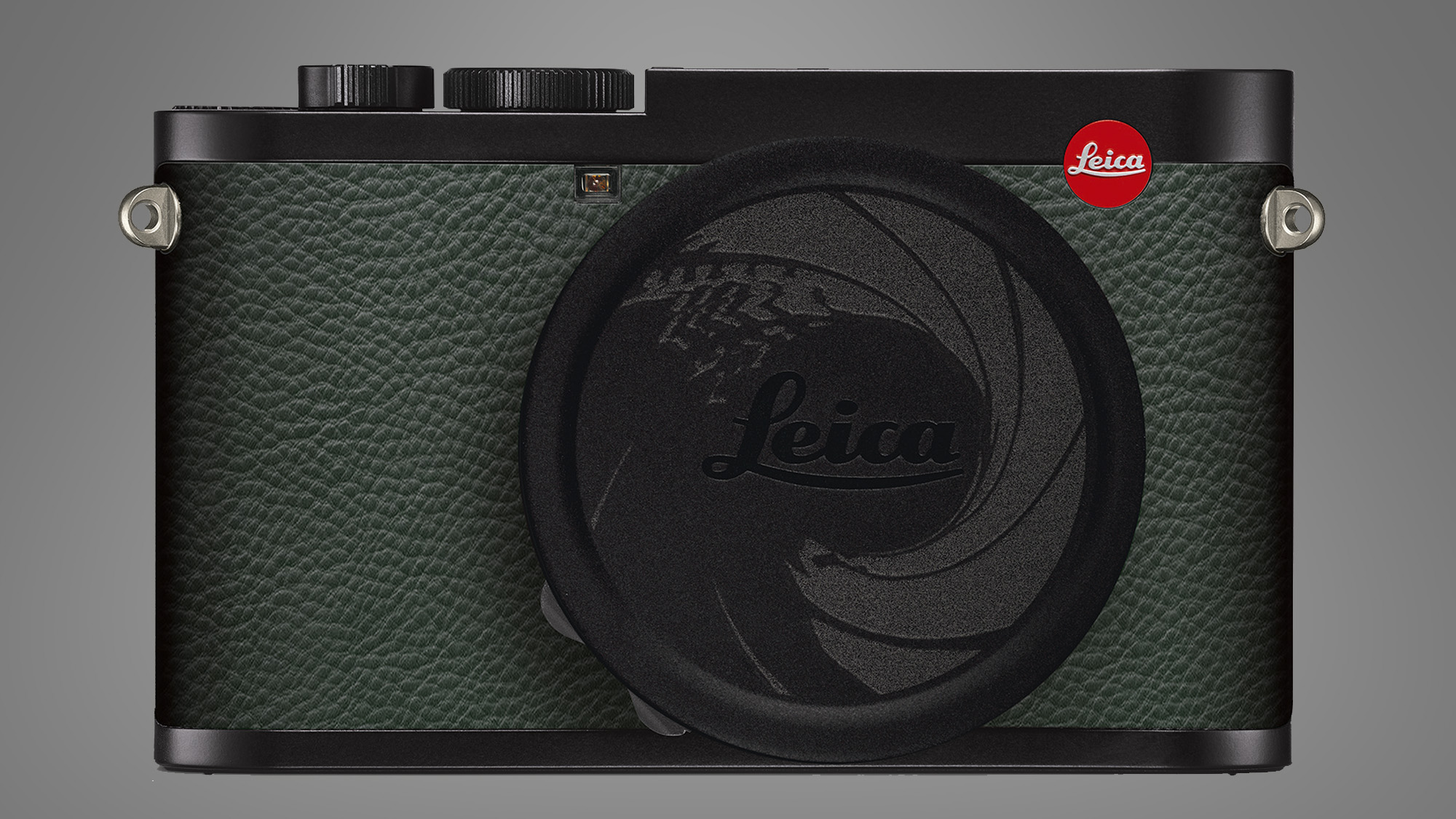
You can buy used versions of this seven-year-old camera on eBay today for fractionally more than the original price, which equates to a ‘free’ camera if you purchased at launch and sold it today in good condition. It'll likely be a similar story with this year's Leica Q2 '007 edition'. By contrast, it’s safe to say that your average camera would be worth around a third of its launch price after just three to five years.
But let’s also try putting cost into perspective for ‘standard’ Leica M models, too. How often do you upgrade your camera? Every 2-4 years, or in some cases sooner? If you’re spending a few thousand dollars or pounds every time you upgrade, it only takes a couple of upgrades before you’ve exceeded the cost of a Leica M.
Leica fans are known to hang onto their cameras for much longer, sometimes a lifetime, rather than slavishly following the upgrade cycle and buying every new model as they’re launched. So, when you divide the initial cost over a longer period of years, the cost effectively comes down and can ultimately be lower than the more mainstream brands – it’s certainly food for thought.
Price of admission
From my point of view, Leica cameras such as the M11 and their lenses are far too expensive. But this is far from a simple conclusion and leaves me with a degree of inner turmoil, because I also appreciate why they’re expensive – and that’s a dichotomy we all have to come to terms with.
On the one hand, Leicas are overpriced for the tech they offer. But on the other, it’s a luxury camera brand where cameras are hand-built in Germany using high-quality materials. If Leica was to mass-produce cameras like the M11 to reduce cost, the quality of the materials would also need to be reduced and the design would inevitably take a hit, too. So would Leica then lose much of what makes its cameras so unique and special?
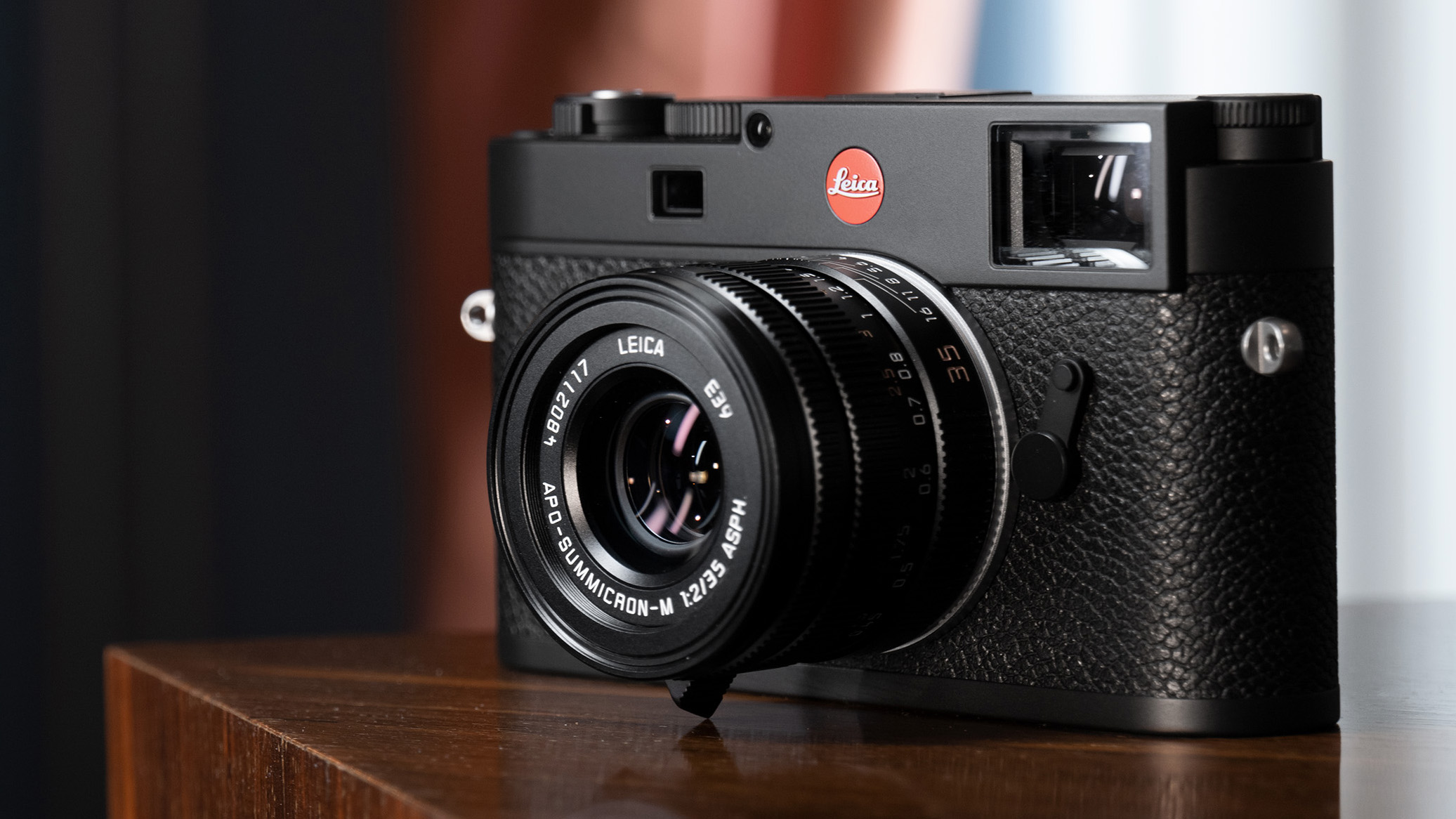
Leica cameras provide a unique set of characteristics that appeal directly to the needs of a niche set of working professionals, as well as lucky amateurs who can afford them and are used to paying for premium brands. But there’s still more to consider; Leicas hold their value much better than other cameras, and in some cases, they can increase in value because of their scarcity and limited edition, so can even be seen as an investment.
The limited-edition ‘Drifter’ M Monochrom with a snakeskin finish, produced with the musician Lenny Kravitz, is one such example. And in this situation of scarcity and collectability, a Leica camera essentially pays for itself. So, if you can stomach the initial cost and you need the shooting style afforded by them, Leica cameras can be a fantastic option, for some. For the rest of us, we may just have to keep on dreaming.

James Abbott is a professional photographer and freelance photography journalist. He contributes articles about photography, cameras and drones to a wide range of magazines and websites where he applies a wealth of experience to testing the latest photographic tech. James is also the author of ‘The Digital Darkroom: The Definitive Guide to Photo Editing’.